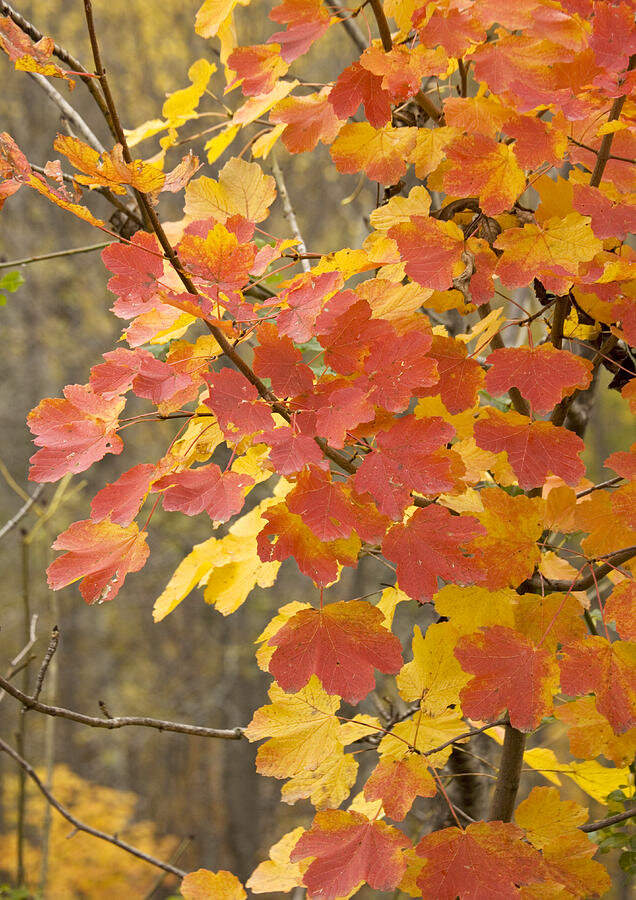
Tree Species for a Changing Climate
Our industry is facing substantial changes in the face of climate change, one being tree species that were once suited to our climate will no longer thrive. At the Palmstead conference ‘Thinking Outside the Pot – How we can work both together and within our own businesses towards a more sustainable, carbon-neutral future’ one speaker, Tony Kirkham from the Royal Botanic Gardens at Kew presented a number of species that should be tolerant to the UK’s changing climate.
Kirkham set out a list of potential candidates, including:
-
Acer opalus;
-
Aesculus indica;
-
Aesculus californica;
-
Diospyros lotus;
-
Liriodendron tulipifera;
-
Metasequoia glyptostroboides;
-
Quercus agrifolia;
-
Quercus canariensis;
-
Quercus coccinea;
-
Quercus palustris;
-
Quercus rubra;
-
Styphnolobium japonicum;
-
Tilia tomentosa ‘Petiolaris’;
-
Tilia oliveri; and
-
Toona sinensis.
Here are five of the species mentioned, selected for their ability to be hardy as well as a defining attractive feature. Some are more appropriate to urban conditions/gardens, and there is a wider conversation to be had about the appropriateness in certain situations. We are not proposing that these replace native species planting in the wider landscape. But food for thought, certainly created a debate amongst team members as to what makes an attractive tree or not…
Great autumn colour: Acer opalus (Italian maple). Our header image above.
This tree can reaching up to 20m. This species is very cold-hardy, able to tolerate temperatures down to around -25 °C. It succeeds in most well-drained but moisture-retentive soils. It is an early-flowering tree producing blossoms in early spring. Known for being a colourful tree in autumn, its leaves are palmate and up to 13cm long with 5 shallow, rounded lobes. The tree has a rounded shape and semi-open crown structure make it a striking tree, especially in autumn when its leaves are golden-yellow-orange red.

Showy flowers: Aesculus indica (Indian Horse Chestnut)
Tolerant of a range of soils, this deciduous tree gets up to 12m and has a hardiness to survive even the harshest UK winters. What makes this specie special is its creamy-pink flowers in mid-summer. An important nectar-source for bees, a perfect tree for parks or large gardens.

Feature tree: Toona sinensis (Chinese cedar ‘Flamingo’)
Able to tolerate UK winters and most soil types, this 8-12m high tree has bight salmon-pink spring foliage which changes to creamy-yellow and then rich green in summer. Flowers appear in late summer which are whitish and attract insects, an attractive feature in any garden, all parts of the tree are aromatic, but you may want to think twice before tasting them, in an article on theguardian.com a friend of the author responded “Wow! Beef-flavoured crisps” after trying one.
For the full article:
https://www.theguardian.com/lifeandstyle/2018/mar/11/fill-the-hungry-gap-with-chinese-cedar
